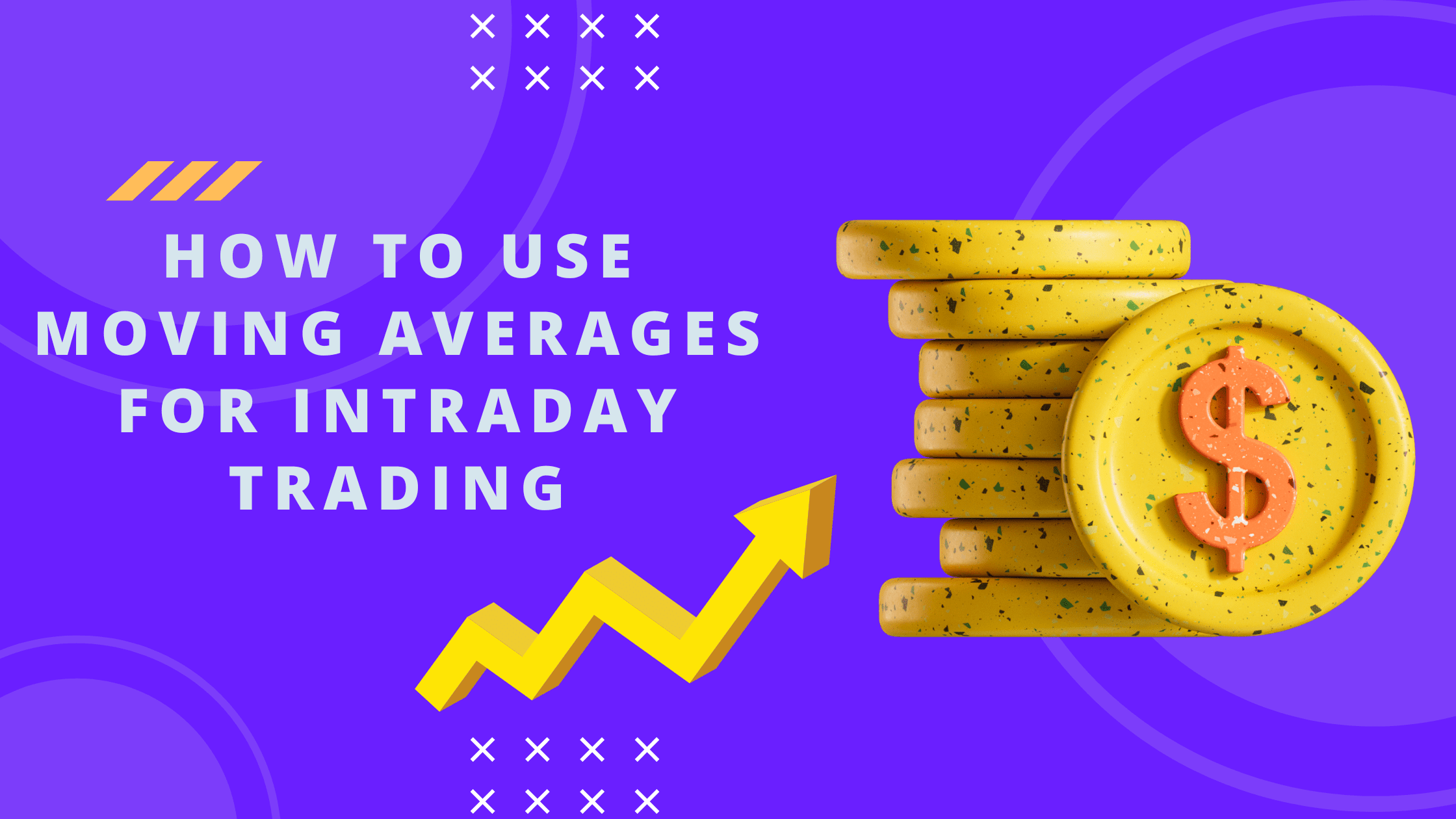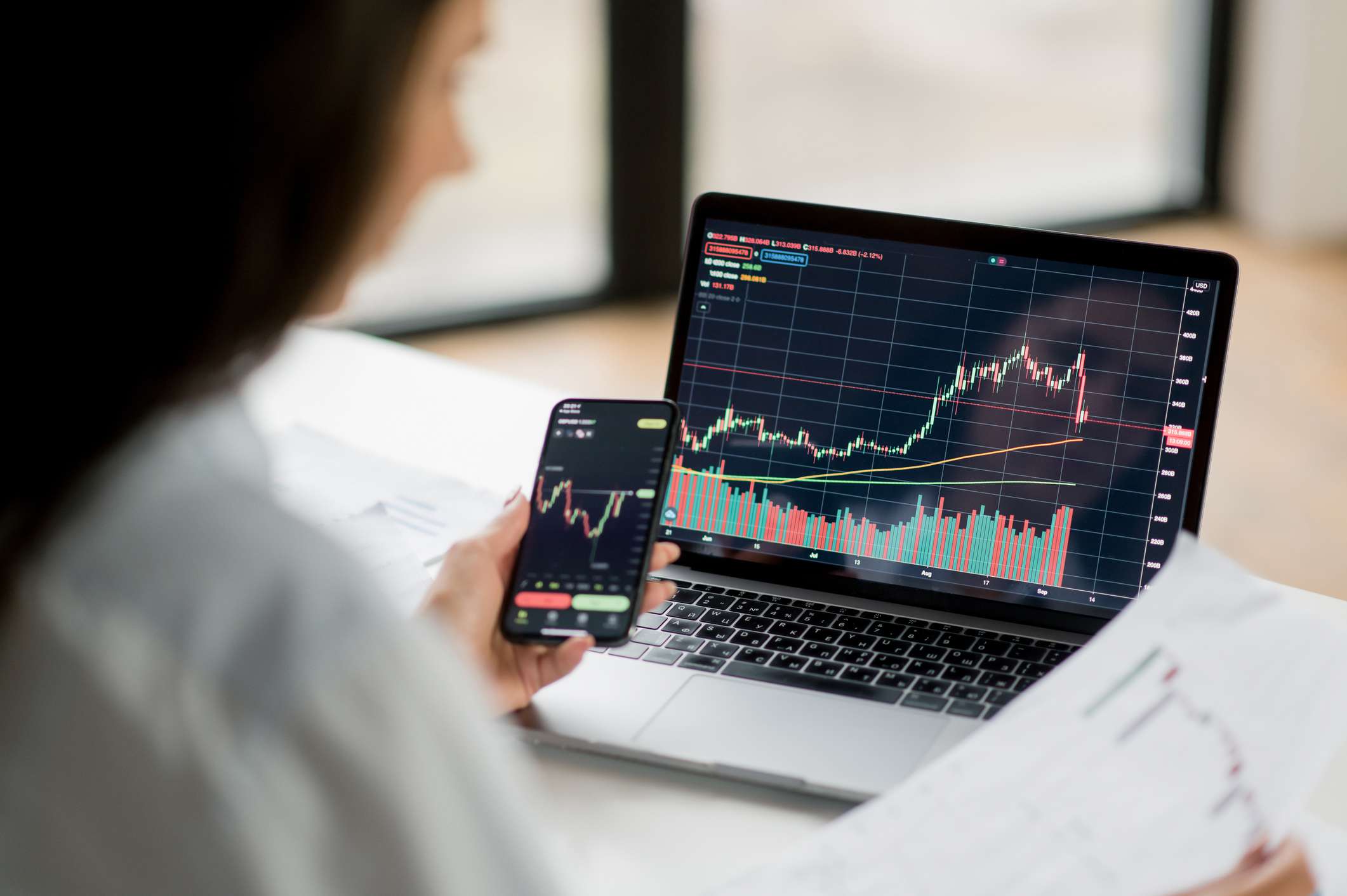
Moving averages are a popular and versatile technical indicator used in intraday trading. They provide traders with insights into price trends, allowing them to identify potential trading opportunities and make informed decisions. In this article, we will discuss how to use moving averages in intraday trading and share some tips for maximizing their effectiveness.
What is a Moving Average?
It is a technical indicator that calculates the average price of a security over a specified period of time. It smooths out the price data by creating a constantly updated average price that reflects the underlying trend. Moving averages can be calculated using different time frames, from minutes to days, depending on the trader’s preference.
Types of Moving Averages
There are three types of moving averages: simple, exponential, and weighted. The simple moving average (SMA) calculates the average price over a set period, while the exponential moving average (EMA) places more emphasis on recent prices. The weighted moving average (WMA) assigns greater weight to the most recent prices.
How to Use Moving Averages for Intraday Trading
It can be used in a variety of ways in intraday trading. Here are some common strategies:
1. Identify the Trend
One of the most basic uses of moving averages is to identify the trend. Traders can use a moving average to determine if the price is trending up or down. If the price is above the moving average, it is considered an uptrend, and if it’s below, it’s a downtrend. This can help traders enter trades in the direction of the trend and avoid trades against the trend.
2. Set Entry and Exit Points
Can also be used to set entry and exit points. When the price crosses above the moving average, it can be a signal to enter a long position, while a cross below can signal a short position. Traders can also use multiple moving averages with different time frames to confirm signals and filter out false signals.
3. Use as Support and Resistance Levels
Can also act as support and resistance levels. If the price is testing a moving average and bounces off it, it can be a signal to enter a trade in the direction of the trend. Conversely, if the price breaks below a moving average, it can be a signal to exit a long position or enter a short position.
Tips for Maximizing Moving Averages Effectiveness
Here are some tips for maximizing the effectiveness of moving averages:
1. Use Multiple Time Frames
Using multiple time frames can help traders confirm signals and filter out false signals. For example, a trader can use a 50-day SMA to identify the trend and a 10-day EMA to determine entry and exit points.
2. Combine with Other Indicators
Combined with other technical indicators, such as oscillators, to confirm signals. For example, a trader can use a moving average crossover with the relative strength index (RSI) to find entry and exit points.
3. Practice Proper Risk Management
As with any trading strategy, it’s important to practice proper risk management. Traders should set stop-loss orders to limit their losses and avoid over-leveraging their trades.
Conclusion
In conclusion, Moving averages are a versatile technical indicator that can provide traders with insights into price trends and potential trading opportunities. By using moving averages in intraday trading, traders can identify the trend, set entry and exit points, and use them as support and resistance levels. By following the tips outlined above, traders can maximize the effectiveness and improve their overall trading.






